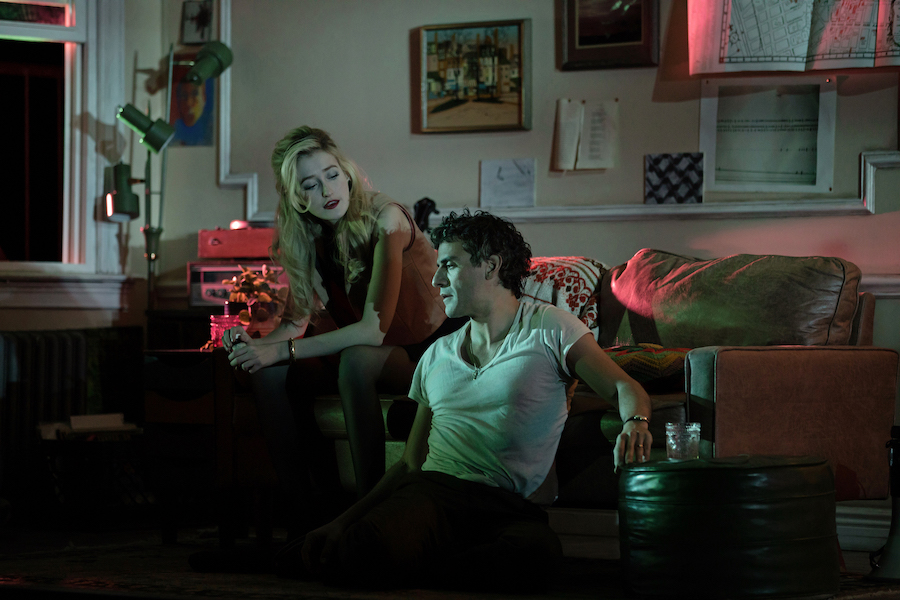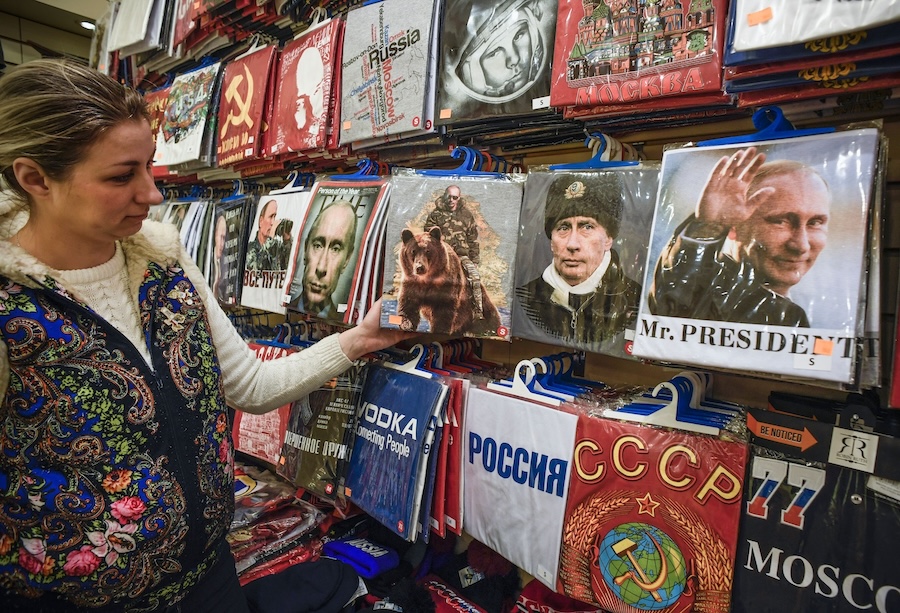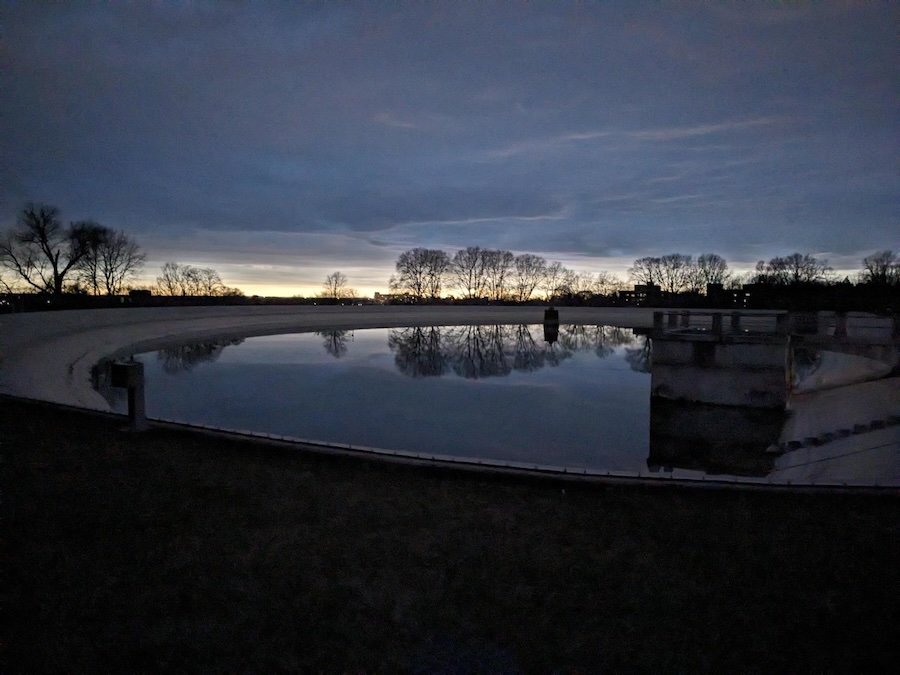By Patricia J. Murphy
|
Egyptian American author and educator Aya Khalil will never forget how her third-grade teacher, Mrs. Faulkner, welcomed her to her new school. Khalil’s picture book, The Arabic Quilt: An Immigrant Story, illustrated by Anait Semirdzhyan, is based on this experience. She wrote her latest book, The Great Banned-Books Bake Sale, also illustrated by Semirdzhyan, in response to the banning of her quilt book. In addition, she is the author of The Night Before Eid: A Muslim Family Story, illustrated by Rashin Kheiriyeh; My First Book of Arabic Words: An ABC Rhyming Book of Arabic Language and Culture, illustrated by Chaymaa Sobhy; and Our World: Egypt, illustrated by Magda Azab. PW spoke with Khalil about her teaching and writing, her experience with book banning, and why she’s committed to shining a light on the beauty of Arabic cultures and the Islamic faith for readers of all backgrounds.
You’ve had the opportunity to teach both adults and children. Can you tell us about your teaching experience?
After receiving my bachelor’s degree in communications and English literature, and a master’s degree in teaching English as a second language, I went on to teach ESL to adults in college and language schools, and Arab culture classes as an adjunct professor at a university. I’ve also taught preschool and was an assistant in a kindergarten classroom. Currently, I’m a “guest teacher” and a volunteer ELA tutor at my children’s K–5 public school in northwest Ohio, and I really enjoy it.
In addition to teaching, you worked as a journalist. What sorts of stories did you write? And when did you start writing for kids?
I’ve always been a storyteller, and I went into journalism because of the negative representation of Arab and Muslim people. When I graduated from college, I was able to cover a lot of local Arab and Muslim stories in Toledo, Ohio. After moving from Ohio to South Carolina and while I was finishing my master’s degree, I wrote for a variety of parenting magazines and newspapers on a variety of topics, from kids’ allowances to organized sports. Of course, I tried to include Muslim voices whenever possible.
I began writing for kids when I started noticing the lack of representation of Arabs and Muslims in the books when working with kindergarten students. I wasn’t finding books that represented any of the Arab and Muslim students at my school. And, when I did find them, the authors were not Arabs or Muslims, and some of the books had errors. On top of this, with three beautiful children of my own, I wanted them to see themselves in books, to find positive representations of Arabs and Muslims, and to be proud of their culture, language, and religion. Something had to be done—so I decided to start writing these types of children’s books. Thinking about all of the kids who will see themselves in my books on their bookshelves, in their libraries, and in their classrooms makes me want to keep on writing them!
How has your teaching impacted or influenced your writing for children?
My teaching has allowed me to stay on top of what’s being taught and discussed in schools and to come up with many story ideas. My education and experience have also taught me how best to word things and to ask questions in the classroom. In addition, I’ve learned the importance of validating feelings and understanding how some students may have no problem raising their hands to share, while others might prefer writing to express themselves.
Your book The Arabic Quilt is based on a personal experience in third grade. Can you tell us about it?
Growing up in North Dakota, my brother and I were the only Arab and Muslim children in the whole school. One day, my third-grade teacher, Mrs. Denise Faulkner, asked me if I’d like to write my classmates’ names in Arabic for a project. I was so excited that the kids in my class were going to see their names in a language that I spoke at home. When I passed out their names written on index cards, my classmates started saying all sorts of positive things about them including how they liked the letters’ ”dots” and “squiggles,” and that Arabic was a beautiful language. My teacher had my classmates copy their names on different pieces of paper, and she hung them up in our classroom. This made me feel so welcome! Years later, when I started teaching preschool, I recreated this lesson. I also thought about how it might make a good picture book, and I wrote it. I got a lot of rejections at first, but then my agent, Brent Taylor, sold it. It came out during the pandemic, and was on the banned list, too. But the banning isn’t working. Over 70,000 copies have been sold to date.
Where did the idea for your latest book, The Great Banned-Books Bake Sale, come from?
When I found out in 2021 that The Arabic Quilt was on the banned books list in the Central York District in Pennsylvania, I was pretty shocked. I wondered why they had banned it and removed it from their bookshelves. When I read about the other books that were on the list, I discovered that they were all diverse books—and banned for no reason. I was really upset about it. Then, right around that time, my editor asked if I’d like to write another story. I thought because of the censorship going on in the country, maybe this would be a good topic to explore in a picture book. And that’s how The Great Book Banning Bake Sale came to be. The book follows the same characters from The Arabic Quilt when they discover that some of their favorite books have been banned and removed from their library’s bookshelves. They decide to have a bake sale to raise money to buy copies of the banned books to donate to the Little Free Libraries so kids can read the books, and the authors can get paid.
What are your hopes for your timely title and its readers?
My hope is that the book raises kids’ awareness of book bans and censorship in general. I also hope that readers come to know that their voices are powerful and that they’re never too small to demand change, whether it’s protesting a book ban, creating or signing petitions, or using their writing to express their opinions, and letting their voices be heard. Everyone needs to be heard.
If you were to make something for a banned book bake sale, what would it be?
I would probably make the baklawa that I mention in my book. It’s my mom’s special recipe and everyone loves it!
Wafaa’s Baklawa
Baklawa is a popular dessert in many Arab and Middle Eastern countries. This is a family favorite recipe, passed on to me from my mother, Wafaa.
To make baklawa, you’ll need:
Phyllo dough
6-7 cups of crushed or finely grated walnuts (or pistachios)
1 tablespoon cinnamon
1 teaspoon vanilla
8 tablespoons butter, melted
Nutella (optional)
For the syrup, you’ll need:
2 cups of sugar
1 cup of water
Juice from a half of a lemon
1/4 teaspoon of vanilla
To make the syrup:
Be sure to make the syrup first and store in the fridge.
Put the sugar, water, vanilla, and lemon in a pot and bring to a boil. Simmer for about 10 minutes, then put in the fridge.
To put it all together:
Spray a baking sheet pan with non-stick spray. Divide the phyllo dough in half.
Add crushed or finely grated walnuts or pistachios to the phyllo dough and press with your hands. Add the other half of the phyllo dough. Cut into squares or diamond shapes. Add the melted butter to the top. Make sure you cut well to really get in there to make sure the top layer is coated and the rest of the butter sinks to the bottom. A food brush will help coat the top.
Bake at 375 degrees for 17 to 22 minutes or until the top is a nice golden color. Once you take it out, add the cooled down syrup to the top.
PS: Add Nutella if you’d like an extra twist!


